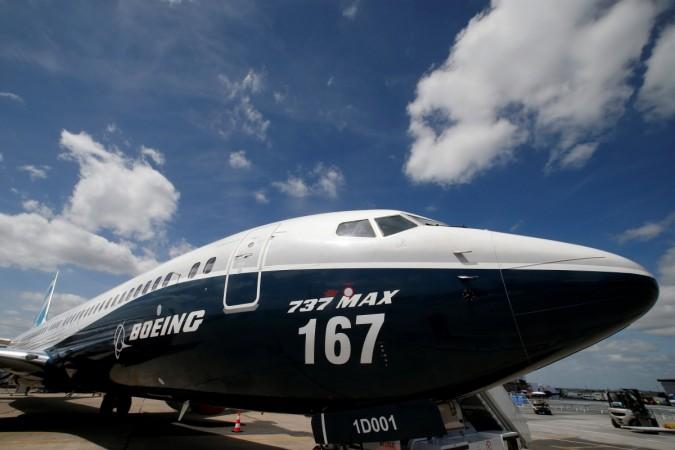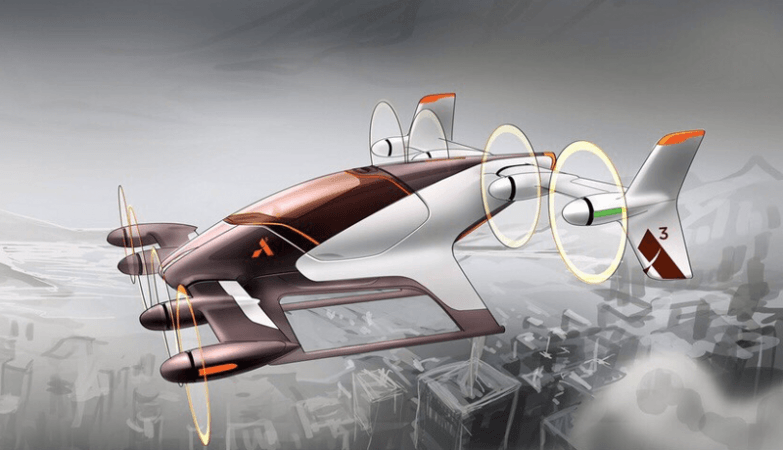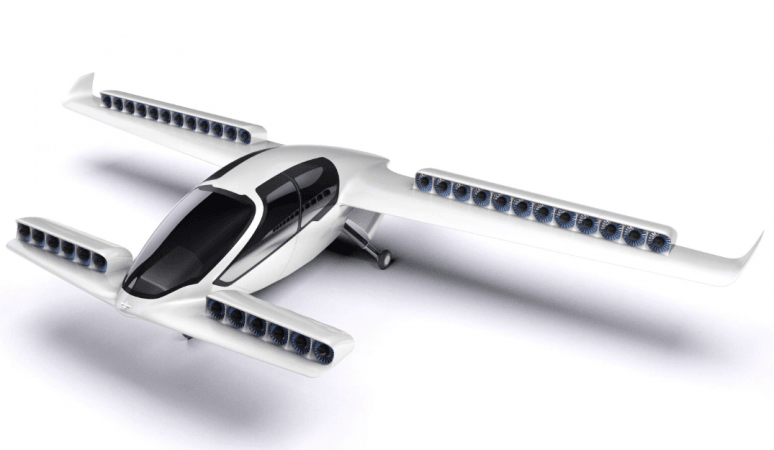
On today's short-distance flights, autopilots and flight-management systems handle about 95 percent of the work. So why not make the remaining 5 percent automated? Boeing, the world's largest aircraft manufacturer, has been working on those lines, and will soon test its self-flying planes to find whether a human touch is needed at all.
"When I look at the future, I see a need for 41,000 commercial jet airplanes over the course of the next 20 years. And that means we are going to need something like 617,000 more pilots — that's a lot of pilots," said Mike Sinnett, Boeing's vice president for product development, at the Paris Air Show on Monday. "One of the ways that may be solved is by having some type of autonomous behaviour."
Boeing's artificial intelligence technology, which will be tested in cockpit simulators this summer, is expected to make decisions normally made by pilots. While the self-flying technology is mainly aimed at reducing the number of pilots on long-haul flights, it will also be used for fully autonomous flying whenever needed, Sinnett said, adding that the technology will be tested on a real plane in 2018.
But don't freak out over Boeing's plan to take humans out of the equation with AI-powered self-flying planes, because the development of computer systems sophisticated enough to pull this off is well under way. In fact, Airbus has already announced that it is working on autonomous flying planes, prototypes for which will be tested before the end of this year, ahead of a wider rollout slated for 2021.
Let's have a look at some of the self-flying plane concepts that could one day become a reality.
Airbus Vahana

In December 2016, Airbus teased two possibilities for its Vahana self-flying aircraft project: an electric helicopter and a plane, capable of vertical takeoff and landing. Earlier this year, the European aerospace titan announced it was building a prototype of the tilt-wing autonomous plane.
Named after the creatures Hindu gods are believed to ride on, the Vahana is designed to fit squarely into urban landscapes without runways. The plane will have two sets of wings (with eight propellers in total) – one at the front and one on its tail – to help it fly straight up and down. It will also carry a parachute to bring the entire plane down during an emergency situation.
Project Wing by Google

Google has also been privately working on self-flying vehicles. Dubbed "project wing," the autonomous plane programme is one of the latest ventures from Google X, a semi-secret research-and-development facility responsible for Google's projects like self-driving cars, wi-fi balloons and Google Glass.
"At Project Wing we're building the next generation of automated aircraft, and working toward the day when these vehicles deliver everything from consumer goods to emergency medicine – a new commerce system that opens up universal access to the sky," reads a description on the company website.
Although the project appears more like a competitor to Amazon's delivery drones, Google is tight-lipped about its plans.
The Lilium Jet

In April, Munich-based Lilium Aviation announced the first test flight of its all-electric, two-seater, vertical take-off and landing aircraft prototype. Although the company said it was working towards making the plane autonomous, it intended to use human pilots in the meantime.

The Lilium Jet is powered by 36 jet engines installed on its 10-meter long wings with 12 movable flaps. During takeoff, the flaps are pointed downwards to help the plane make a vertical lift. After that, the flaps slowly tilt horizontally to provide forward thrust.
The aircraft, which can achieve a range of 300 kilometres with a maximum cruising speed of 300 kph, is expected to have a five-passenger version in the future.
NASA is in the game too
NASA has recently green-signalled three different aeronautics teams to explore possibilities to make autonomous planes a reality. According to the space agency, the teams will work towards building "safe inclusion and certification of autonomous systems in aviation."
NASA said the project will focus on developing algorithms essential for machines to learn how to make safe decisions on their own, without any human intervention.
"The idea is to develop autonomy-enabling algorithms that lay a foundation for establishing justifiable confidence in machine decisions and, ultimately, lead to certification of autonomous systems," NASA said.
So, as Boeing's Sinnett himself stated earlier this month, "the basic building blocks" of the technology for self-flying planes are already there.
However, be it a remotely controlled plane, or an AI system running the show, the most important question for the success of self-flying planes still remains to be answered: Will passengers willingly board a pilotless aircraft?














